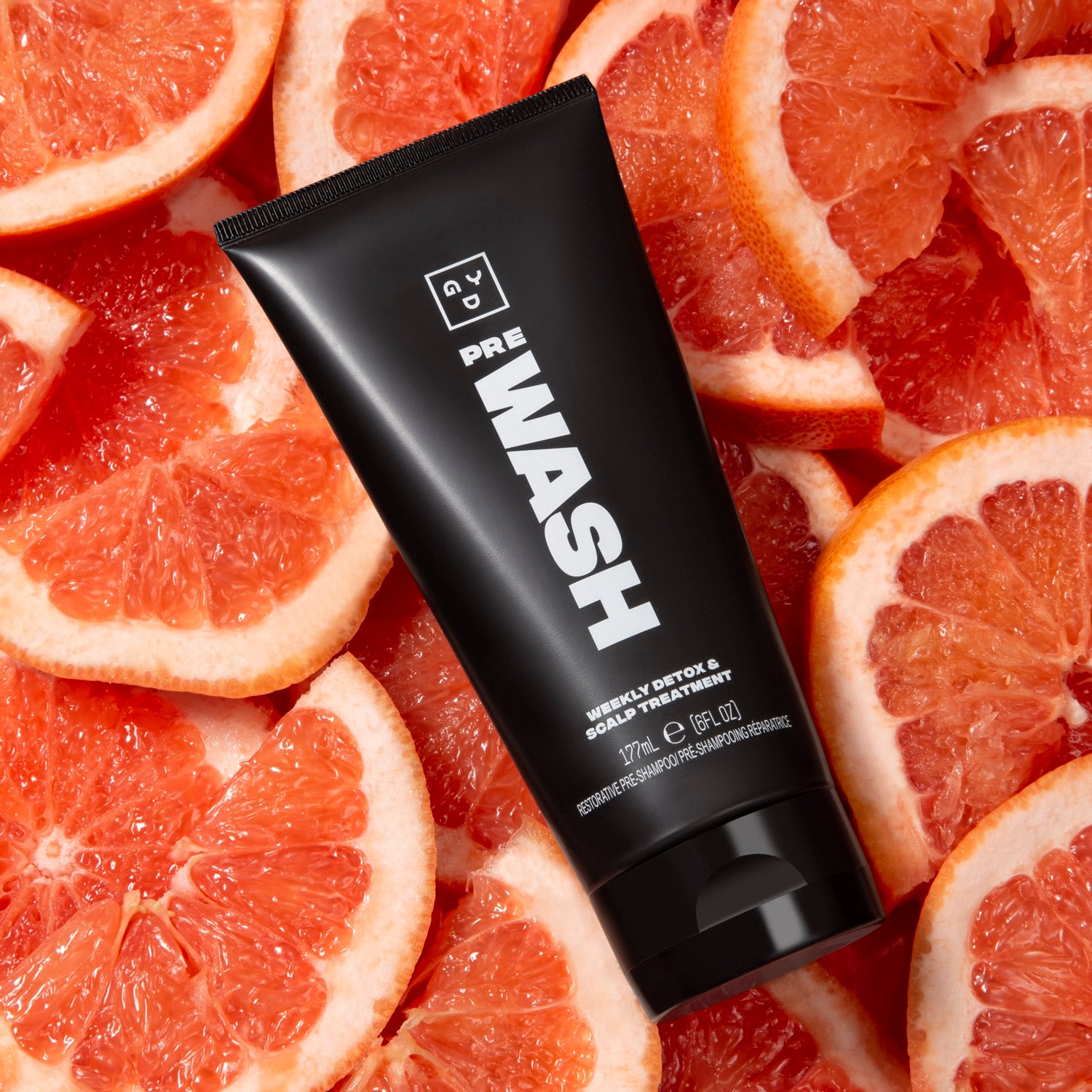
Introduction:
A healthy scalp is the foundation of healthy, hydrated, shiny hair. Just like the skin on your face, your scalp requires care and a consistent routine. The scalp is actually pretty similar to the rest of your skin, despite some key differences: 1) the scalp is more dense and made up of five different layers of tissue as opposed to three, 2) the scalp contains more sebaceous glands, and 3) the scalp is home to about 100,000 hair follicles.
Like the skin, the scalp is a first line of defense against your environment — fighting bacteria and helping to prevent infection. Prioritizing your scalp health is key not only for achieving beautiful hair but also for maintaining good overall health. Luckily, scalp care doesn’t have to be so complicated — here are 5 steps to caring for your scalp to promote overall hair health.
1. Understand what a healthy scalp looks like
When your scalp is healthy, you can see, feel, and even smell the difference. A healthy scalp shouldn’t be showing signs of:
- Itchiness & irritation
- Redness
- Flakiness & signs of build-up
- Pain or sensitivity
- Acne or cysts
- Sun damage
- Excessive hair loss or breakage
- Odor
2. Start with a weekly scalp scrub
Unless you have a particularly dry hair type, using a Scalp Scrub once a week is a great way to prevent your scalp from accumulating excess build-up or developing dandruff. Scalp scrubs also stimulate the scalp and boost circulation which may help promote hair growth.
3. Use a gentle, hair-healthy shampoo for your scalp
Harsh ingredients like sulfates, parabens, and synthetic fragrances disrupt the scalp’s microbiome and over-strip natural oils, causing uncomfortable dryness and irritation. Instead, look for a hair-healthy Shampoo moisturizing and nourishing ingredients like Coconut Oil, Olive Oil, and Hibiscus Extract.
4. Don’t wash your hair every day to prevent stripping your scalp
Managing scalp build-up can be a vicious cycle of over-washing, stripping the scalp, and causing overproduction of scalp sebum. Overwashing is one of the largest contributors to dry scalp, which can cause itching, tightness and flakiness. Instead, extending time in between washes can help balance out the scalp’s oil production. Of course, incorporating a conditioner into your routine can also help jumpstart your hair’s hydration levels on wash day.
5. Protect your scalp with the optimal wash day conditions
When washing your hair, it is important to avoid using water that is too hot. Exposing your scalp to hot water can strip it of its natural oils, causing more potential itching and irritation. The optimal water temperature to effectively cleanse your scalp without over-stripping is around 100 degree Fahrenheit, or just above your body’s natural internal temperature.
Avoid using your fingernails to scratch the scalp when washing to help prevent irritation and itchiness. Instead, use the pads of your fingertips and gently massage the scalp with small circular motions.


